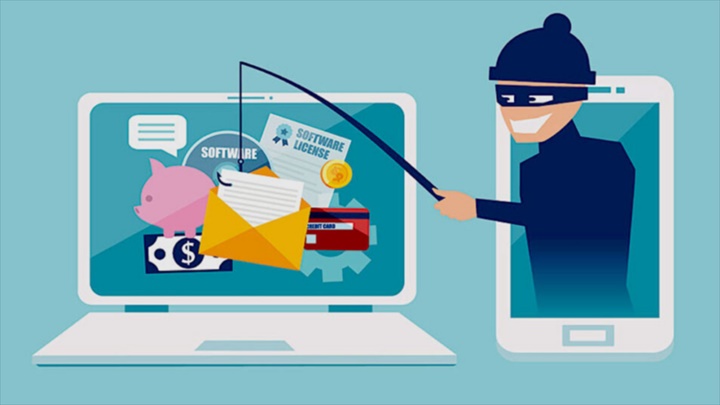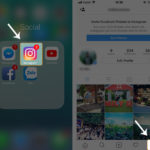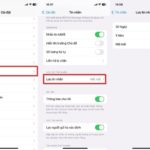Many people mistakenly believe that just changing their passwords can protect their online accounts, but this is not enough to prevent hackers from attacking and stealing your data.
VPN provider Surfshark reported in August that in Q2 2023, the number of breached user accounts increased by 156% to 110.8 million accounts. The United States is at the top of the list of countries with 49.8 million accounts, accounting for 45% of the global total, followed by Russia with 15.3 million accounts and Spain with 3.7 million accounts.
According to the IEEE Xplore Digital Library of the Institute of Electrical and Electronics Engineers (IEEE), nearly two-thirds of the over 10,000 surveyed users in the United States admitted that they still returned to websites that had been hacked after performing what they thought was a secure operation, such as changing their passwords.

What to do when your online account is compromised?
According to a security expert at the Saunders School of Business at the Rochester Institute of Technology, users need to take the following measures to ensure safety in the online environment.
For social media accounts
Enabling two-factor authentication is something that users must do to protect their social media accounts, in addition to taking other measures. According to experts, the first thing you should do is check the login activity of your account to see if anyone has logged in. To be sure, you should delete all login sessions on other devices and change your password.
Check messages, posts, and comments for any suspicious signs. If necessary, users can temporarily disable their accounts to avoid being exploited by malicious actors.
For sensitive information
When there are signs that your account has been compromised or the platform you use has been attacked, users need to pay attention to related data breach notifications and immediately change their passwords.
Next, you need to identify which pieces of your information have been stolen to have timely solutions. Some attacks may simply target account names, emails, and publicly available personal information. However, most criminals will target more valuable things such as bank accounts, credit cards, etc.
When you know which data has been stolen, check your account transactions, enable notifications on your mobile device to track balance changes, and contact your bank to request a temporary card lock.
Above is an article on how to handle online account compromises, hoping that this information will be helpful to you.
According to VTC news



































